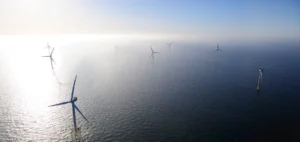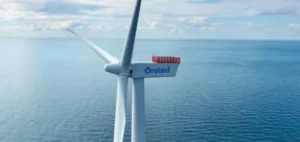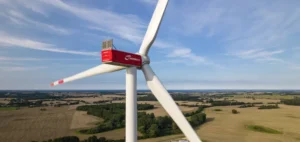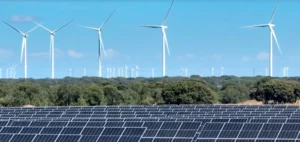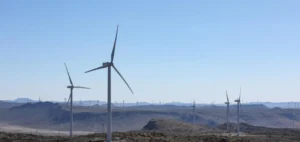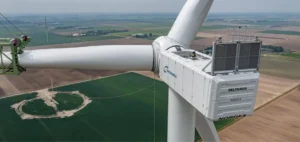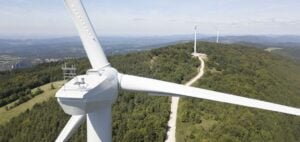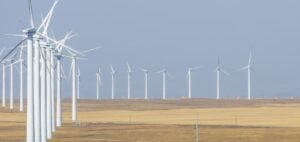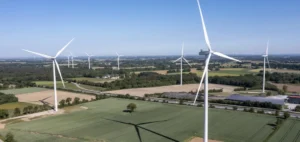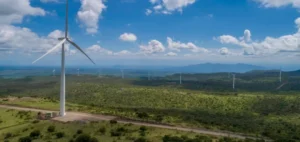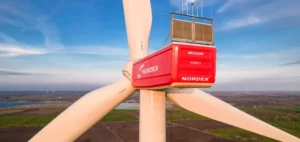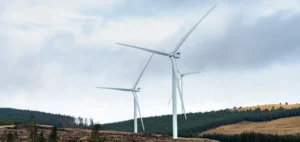Danish wind turbine manufacturer Vestas, the world’s number one in the sector, posted a net profit of 15 million euros in the first quarter, it announced on Wednesday, encouraging results that do not change its annual forecast.
A year earlier, the group recorded a huge quarterly loss of 765 million euros, linked to its departure from Russia and supply chain disruptions. Between January and March this year, driven by increased deliveries, sales rose by 14% to 2.829 billion euros.
Year-on-year, order intake rose by 12% to 3.3 GW. “Compared to 2022, our profitability in the first quarter of 2023 was positively impacted by the sale of our +transformer+ business, lower warranty provisions and solid profitability in the services business,” at 29%, CEO Henrik Andersen noted in the quarterly report.
However, geopolitical uncertainties, high inflation and slow approval processes are causing Vestas to be cautious and the manufacturer, which employs 28,000 people worldwide, has decided to maintain its full-year forecast. The group expects timid annual results in 2023, with sales between 14 and 15.5 billion euros, and an operating margin excluding exceptional items of 3%.




